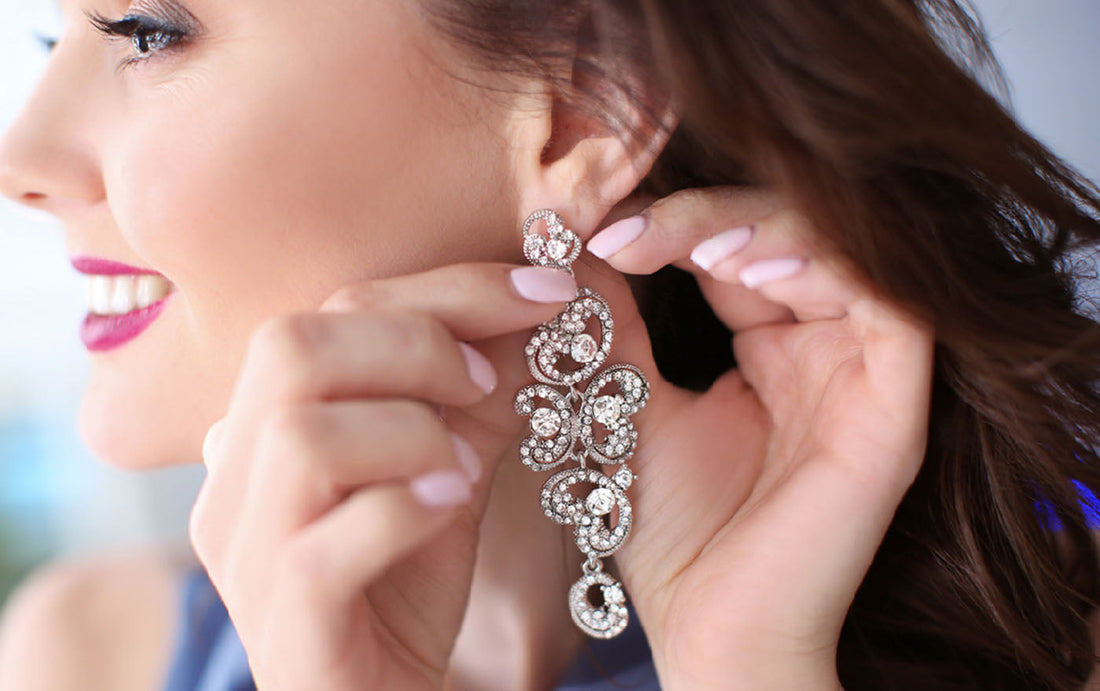In the vast river of human civilization, necklaces, earrings, and rings are far more than mere fashion embellishments—they are historical symbols laden with profound cultural connotations. As early as ancient Egypt, people crafted necklaces from gold, silver, and precious stones, regarding them as emblems of power and religious beliefs, proudly displaying their status around the neck. In ancient India, women adorned themselves with elaborate, oversized earrings, the intricate craftsmanship and opulent designs reflecting the era’s pursuit of beauty. Rings, too, boast a rich history: the ancient Egyptians saw rings as symbols of eternity, their circular shape embodying endless cycles, while in ancient Rome, rings became tokens of marital contracts.

Over time, these jewels evolved, absorbing the unique flavors of different regions and ethnic groups. For instance, ancient Chinese gold-inlaid jade rings combined the warmth of jade with the luxury of gold, embodying the cultural philosophy of “a gentleman’s virtue likened to jade.” In medieval Europe, knight rings engraved with family crests served as insignias of honor and inheritance. Delving into the cultural narratives behind these pieces allows us to feel the weight of history and the allure of heritage with every wear, transforming each jewel into a timeless work of art.

